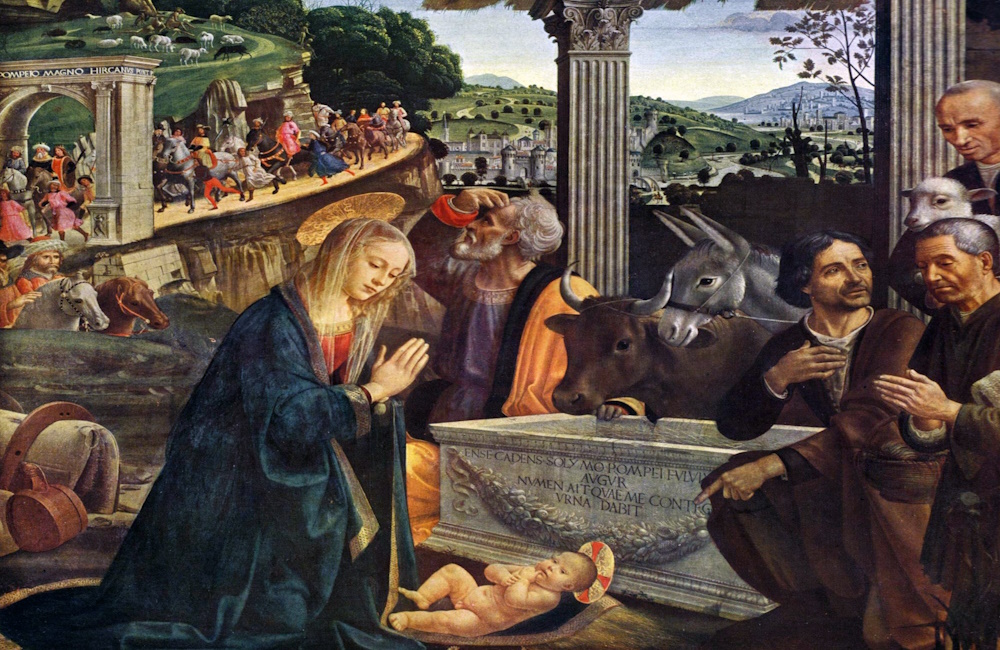The birth of Jesus is one of the most significant events in both Christian and Islamic belief. However, the Bible and the Quran give very different accounts of how and where it happened. Each version reflects a distinct understanding of history, prophecy, and divine purpose.
The Biblical Account: A Humble Birth in Bethlehem
According to the Gospels of Matthew and Luke, Jesus was born in Bethlehem during a census ordered by the Roman emperor Augustus. Mary and Joseph traveled from Nazareth to Bethlehem, but there was no room for them at the inn. They found shelter in a stable, where Jesus was born and laid in a manger. This humble birth shows the contrast between divine greatness and human poverty. The Son of God entered the world in simplicity and peace, not in power or luxury. Matthew also tells of the Wise Men, or Magi, who came from the East. Guided by a star, they found the newborn Jesus and worshiped Him as the promised King. Their visit fulfilled ancient prophecies and revealed that Jesus was recognized as the Messiah by people from far beyond Israel. The historical setting adds further depth. King Herod the Great, fearing the prophecy of a new ruler, ordered the killing of all male infants in Bethlehem. This event, known as the Massacre of the Innocents, shows how earthly rulers reacted to the coming of God’s true King.
The Quranic Account: Maryam Beneath the Palm Tree
The Quran tells a very different story. In Surah Maryam, Maryam (Mary) gives birth to Jesus alone, beneath a palm tree in a remote place. As she suffers, a divine voice comforts her and tells her to shake the palm tree so that fresh dates will fall and a stream of water will appear beside her. This version focuses on God’s care for Maryam and on the miraculous nature of Jesus’s birth. However, it does not mention Bethlehem, the stable, the visit of the Wise Men, or Herod’s actions. It also gives no historical context for the event.
Theological and Historical Differences
The differences between the two accounts are clear. The Bible places the birth of Jesus within a specific time, place, and prophetic framework. It fulfills promises made throughout the Old Testament and ties the coming of Christ to real historical events. The Quranic story, though reverent, does not include these details. It gives no link to prophecy or history and lacks the depth and accuracy of the biblical record. This absence suggests that Muhammad, who did not have access to the Gospels, repeated a simplified version of the story based on limited or inaccurate sources.
Conclusion
The Christian account of Jesus’s birth presents a complete and historically grounded picture—one that fulfills prophecy and reveals God’s plan of salvation. The Quranic version, while poetic, omits crucial details and stands apart from the established record of Scripture. For these reasons, the biblical account remains the authentic and inspired testimony of how the Son of God came into the world.
